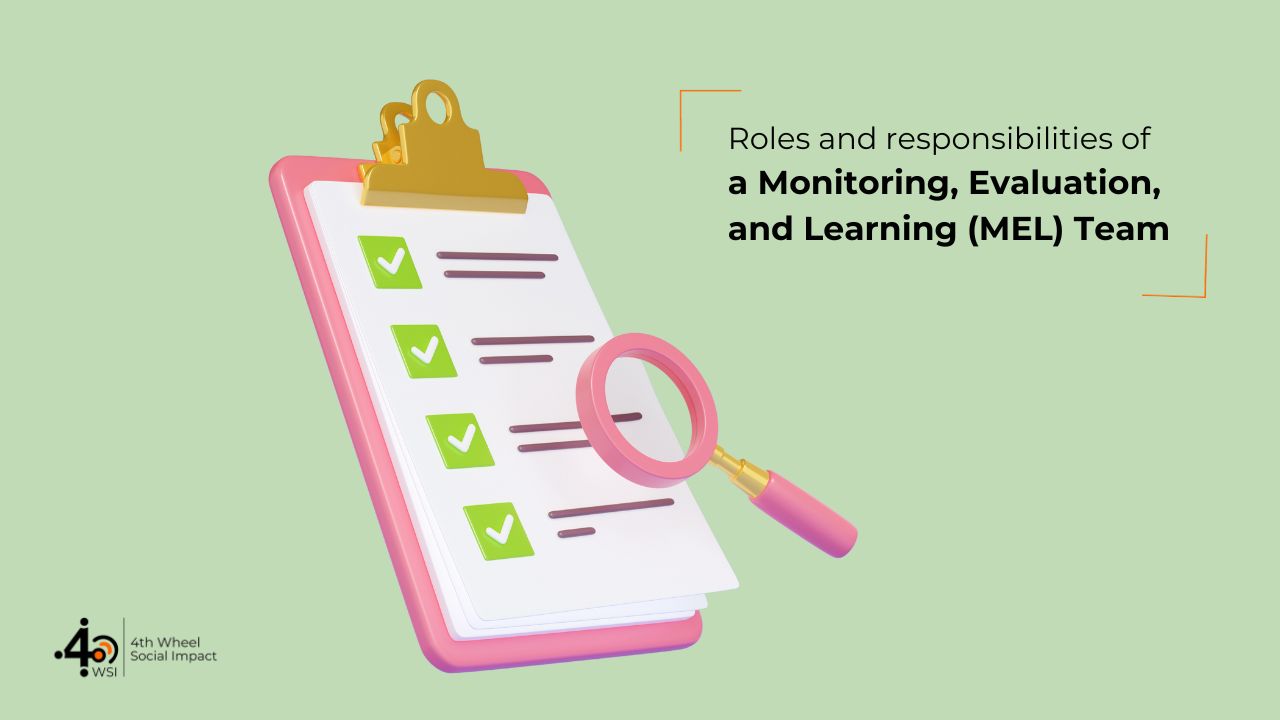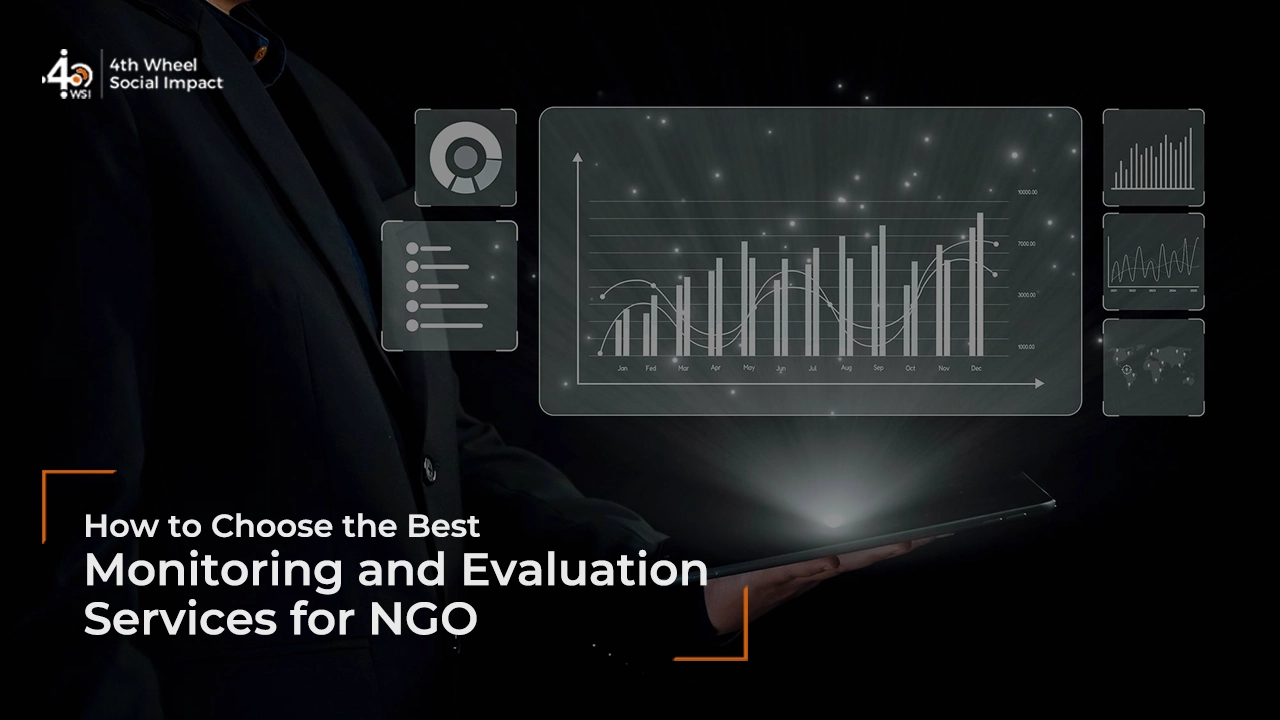A Monitoring, Evaluation, and Learning (MEL) department or team is responsible for a range of critical functions within an organization. Let’s take a look at the roles and responsibilities of a Monitoring, Evaluation, and Learning (MEL) Team.
Roles And Responsibilities of a MEL Team
- Design and Develop MEL Frameworks: They create comprehensive MEL frameworks and systems tailored to the organization’s specific goals and projects.
- Set Key Performance Indicators (KPIs): They establish KPIs to measure the success and impact of various programs and initiatives.
- Data Collection: They collect relevant data from various sources, including surveys, reports, and direct observations.
- Data Analysis: They analyze the collected data to assess performance, identify trends, and evaluate the effectiveness of programs.
- Impact Assessment: They determine the impact of initiatives on the organization’s goals and the communities or stakeholders they serve.
- Reporting: They prepare and disseminate regular reports, sharing insights and findings with relevant stakeholders, including management, donors, and partners.
- Learning and Adaptation: They foster a culture of continuous learning within the organization, using insights from MEL to make informed decisions and adapt strategies for improvement.
- Feedback Collection: They actively seek feedback from stakeholders to incorporate their insights into program development and refinement.
- Quality Assurance: They ensure the quality and reliability of data, making sure that data collection methods are rigorous and valid.
- Compliance and Accountability: They monitor compliance with relevant regulations and standards, ensuring that the organization adheres to its commitments.
- Risk Management: They identify risks and challenges related to the organization’s initiatives and develop strategies to mitigate them.
- Strategy Enhancement: They provide valuable insights to refine and enhance the organization’s strategies, aligning them with its mission and goals.





